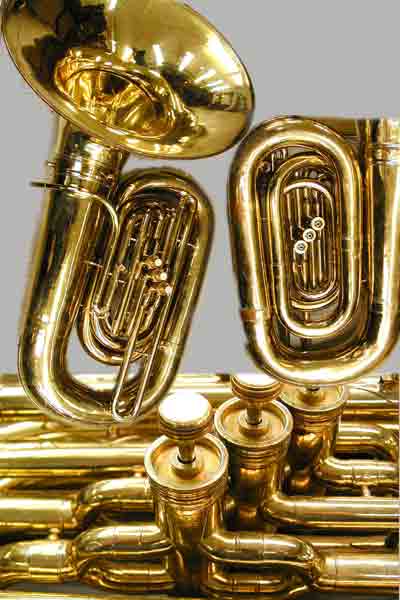windshieldbug wrote:The rotor IS taller, and thinner. The advantage in playing doesn't come from the thinner diameter (and less movement), but from the less weight (and quicker movement).
Back to maths, I suppose, I spoke a bit eliptically (

), but basically here's the reasoning:
If one takes a round-ported conventional rotor, the weight is rougly proportional to the cube of the bore, as the volume displaced by such a rotor for a given bore b is:
b(πb²)
That is the height of the cylinder times the area (essentially the size of the bore plus a bit is both the radius and the height of the rotor).
Now, suppose that we halve the diameter of the rotor but double its height. The cross-sectional area of the port opening is the same, but the volume is now:
2b(πb²/4) or
b(πb²)/2
Or half the volume--and half the weight. Note that, on the other hand, an ovalized-port Conn short-stroke valve reduces the height of the cylinder described by the piston and increases the diameter, resulting in the opposite effect--a
heavier valve, albeit one with a shortened stroke.
Howzat?




